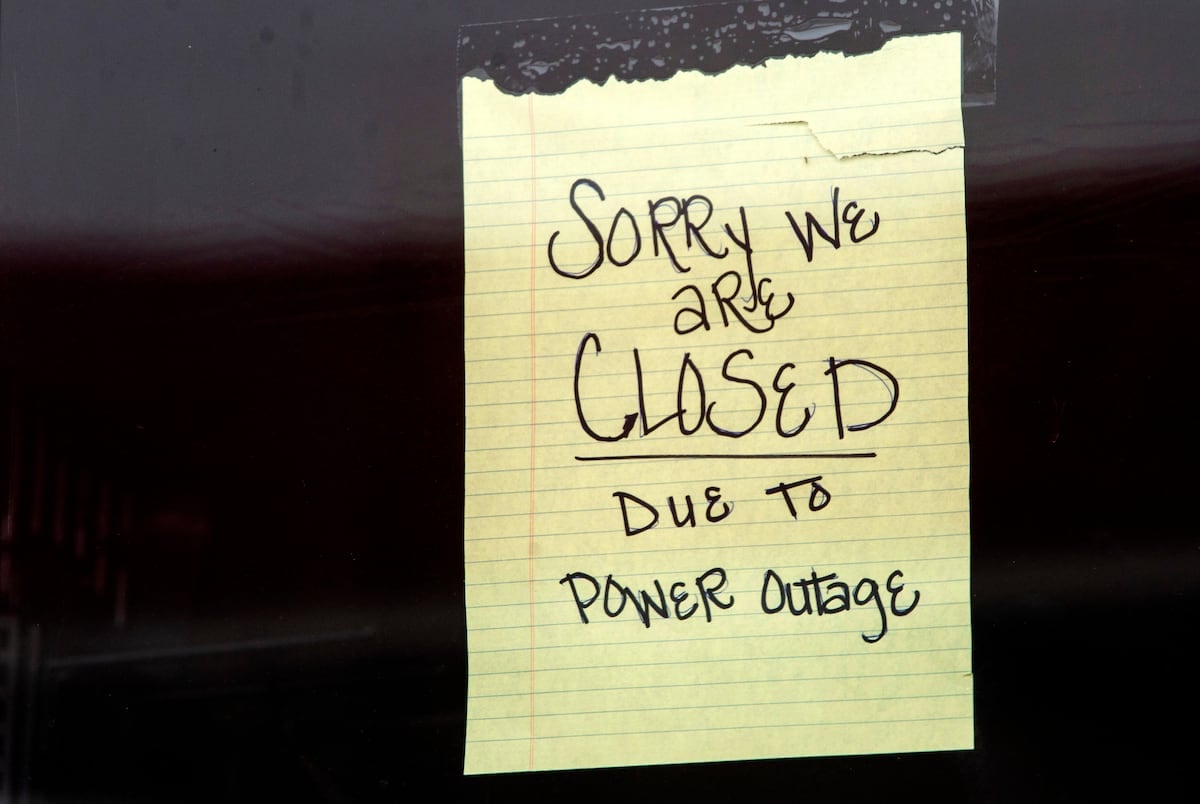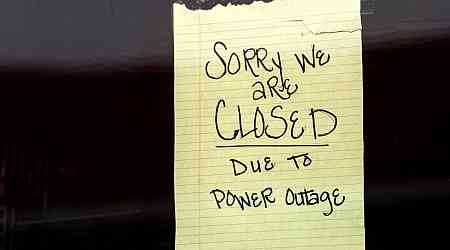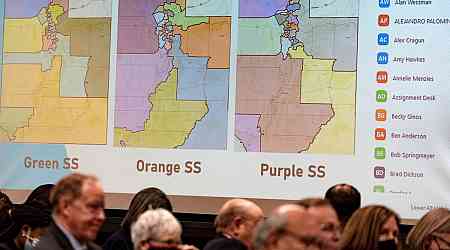In 2018, The president’s National Infrastructure Advisory Council (NIAC) “found existing national plans, response resources, and coordination strategies would be outmatched by a catastrophic power outage.” As a result, Congress enacted AWIA of 2018. This act imposes upon community water systems duties of assessing the assets and operations for risk of interruption due to natural and cyber events. Also, water systems are required to prepare an emergency response plan. Funding is matching federal government grants/loans. This proactive approach is getting off on the right foot.
The AWIA programs are biased towards diesel generators! Transmission and distribution equipment is funded on a limited basis. Here, things moved to the wrong foot! The matching funds and cost of transmission and distribution assets, and required analyses exceeded the budgets of water systems and states. EPA review is hands-off! EPA only checks if water systems submit certifications.
AWIA obligates water systems to coordinate emergency response plans with countywide emergency organizations. State review is not mandated. In fact, no Utah state agency reviews assessments and emergency response plans. Public review and access are limited to receiving copies of certifications.
Full weight was put on the wrong foot when water systems bought diesel generators and began certifying incomplete assessments. In 2020, National Renewable Energy Laboratories concluded that diesel generators did not have sufficient operating reliability for multi-day use!
Five of the largest systems in Utah bought diesel generators.
Neither EPA, Utah, nor the public know the nature or extent of water systems’ emergency backups.
Last year, Kula in Maui, ran out of water fighting a wildfire due to inadequate emergency power!
Are Utahns fated to trace the footsteps of people in Kula: lamenting loss of emergency power this fire season?
Richard Williams, Ogden































